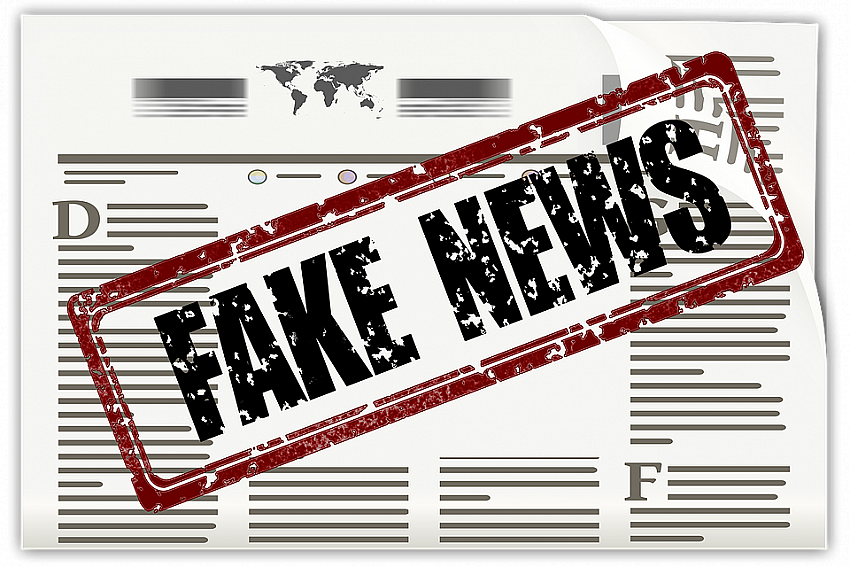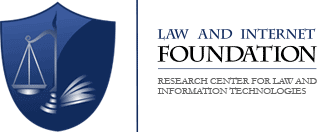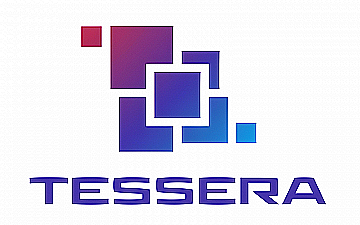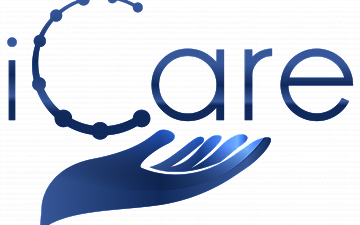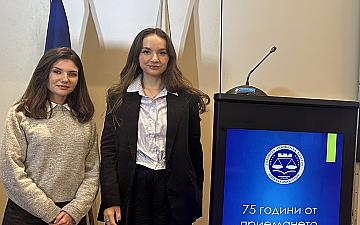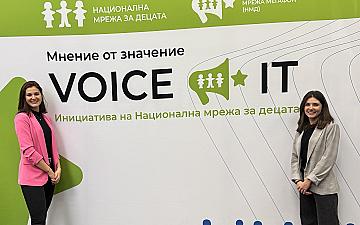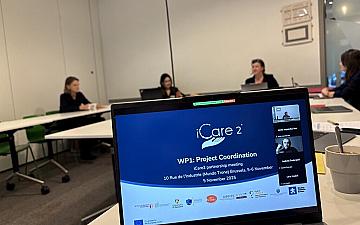The terms misinformation and disinformation are often used interchangeably, but they actually have different meanings and implications. As the use of the Internet and social media continue to rise, it gets easier than ever for fake information to spread quickly among a wide range of people. While in some cases, such information is not disseminated to deceive the addressed, while in other cases – quite the opposite.
On the one hand, misinformation refers to false or inaccurate information that is usually spread unintentionally by one or more persons unaware of its falsity. For example, that is the case when someone shares a piece of information without checking its veracity or when they misunderstand or misremember certain knowledge that he subsequently disseminates. Thus, misinformation can be harmful, but it is typically not malicious in nature, as the person disseminating the information does not realise that the latter is false but does not aim to mislead certain groups of individuals.
On the other hand, disinformation is intentionally misleading information that is spread to deliberately deceive the people to whom it is directed. Such information is often created and spread by governments, political organisations, or other groups. It is characteristic of disinformation that it is often designed to look like legitimate news or information, so identifying its misleading nature can be relatively difficult.
The main difference between misinformation and disinformation is the intent behind their spreading. Misinformation is spread unintentionally, with the disseminator not realising that the latter is false, while disinformation is spread solely with the purpose of deceiving its addressees.
One way to tell the difference between the two types is to look at the source of information. Disinformation is often spread by sources that have a vested interest in promoting a certain agenda, whereas misinformation is more likely to come from well-intentioned but misinformed individuals.
Here are a few examples of misinformation and disinformation:
- Misinformation: A social media user posts a photo of a shark swimming in a flooded street, claiming that the image is from a recent hurricane. In reality, the photo is from a different hurricane that occurred several years ago.
- Disinformation: As part of a political campaign, a political party creates a fake social media account that appears to belong to a rival candidate. The account then posts false and misleading information about the candidate in order to damage its reputation.
- Misinformation: A news website publishes an article claiming that a popular celebrity has died, citing "anonymous sources." In reality, the celebrity is alive and well.
- Disinformation: A foreign government creates a network of fake social media accounts to spread false information regarding specific political issues in order to influence public opinion.
In all of these examples, misinformation and disinformation are ultimately able to mislead the addressees of the relevant "news", which is why it is essential to be able to identify false information, regardless of whether that latter is spread deliberately.
It shall be noted that according to a 2021 Eurostat survey covering a period of 3 months, an average of only 23 per cent of the people in the EU aged between 16 and 74 have verified the information they have seen online on news sites and on social media networks. The majority of these 23 per cent have verified the truthfulness of the information by checking the relevant sources or finding other information on the Internet (20 per cent). At the same time, around 12 per cent of the people have checked the information by discussing it with others offline and using sources which are not on the Internet. However, it turns out that the most popular way to verify information among these people has been the discussion on the Internet, with only 7 per cent using this method.
In this regard, the European Commission has undertaken multiple initiatives, notably addressing the disinformation in an online environment, using various methods, including conducting information campaigns and adopting action plans, guidelines, codes of conduct and other strategic documents. For example, in 2022, the Commission adopted The Strengthened Code of Practice on Disinformation. In addition, as young people are most vulnerable to online disinformation, the Commission has also adopted Guidelines for teachers and educators on tackling disinformation and promoting digital literacy through education and training.
There are many different methods that can be used to combat misinformation and disinformation, and one of the most compelling is timely fact-checking. This includes verifying the accuracy of information before it is shared, as this action can help both to prevent the spread of false information and to perceive such information as truthful. Other methods include the promotion of media literacy and critical thinking skills, as well as improving the algorithms used by social media platforms to identify and remove false content, whether disinformation or misinformation.
In conclusion, misinformation and disinformation are growing problems that can have severe consequences for individuals, especially youth, who have not yet fully built up their capacity for critical thinking. At the same time, it can be boldly argued that disinformation poses a threat to society as a whole, as it can affect the public attitude towards important political decisions and issues. Combating this problem requires a combination of multiple actions, including fact-checking and enhancing media literacy and critical thinking skills. By taking such steps in a timely manner, we can help to create a more informed and trustworthy society, the deception of which will be increasingly difficult.
